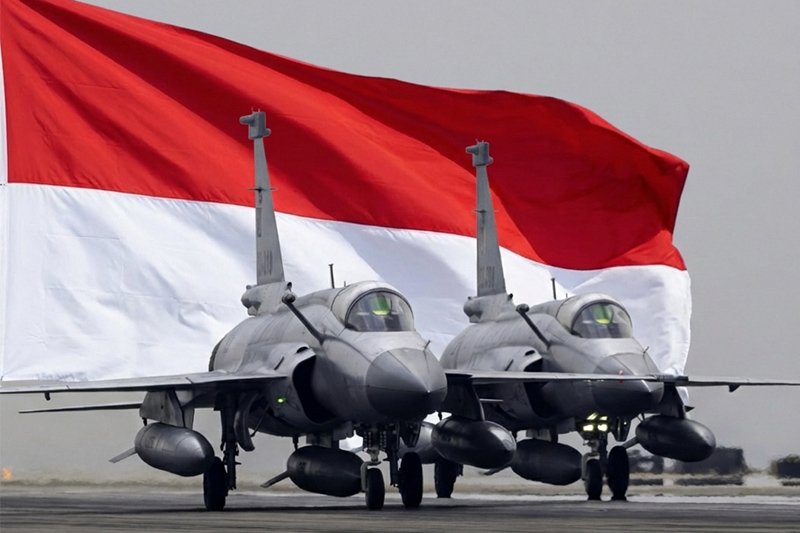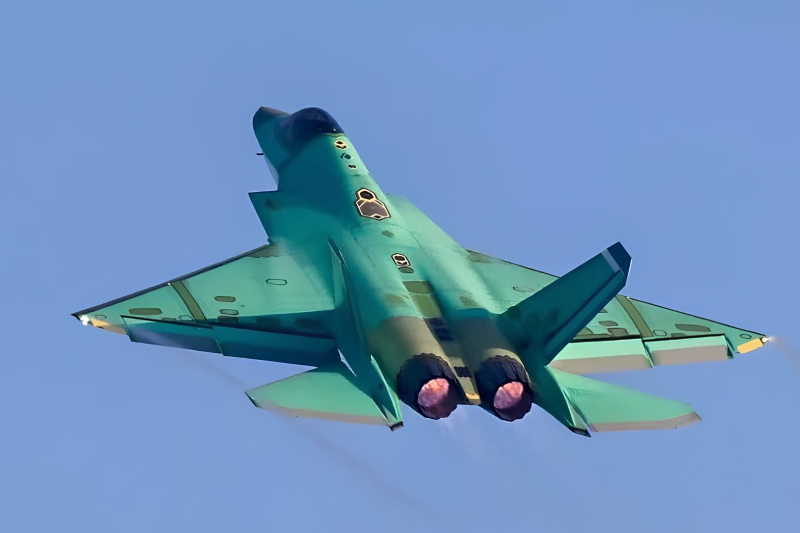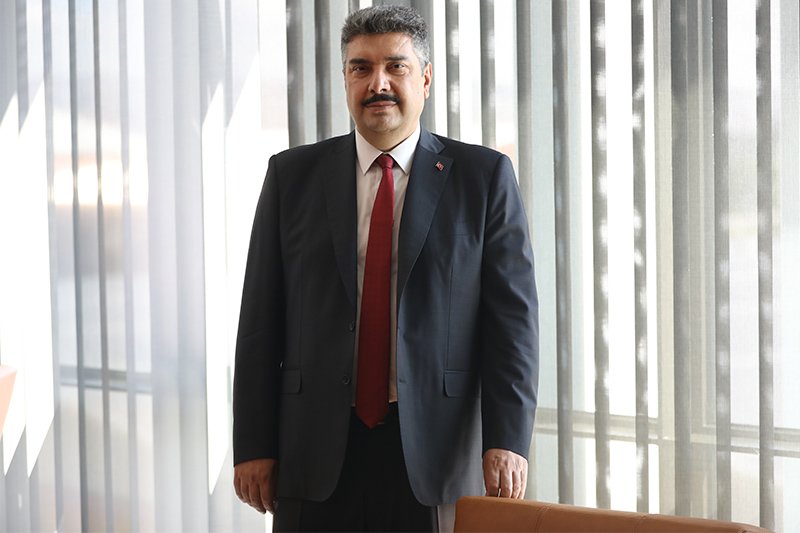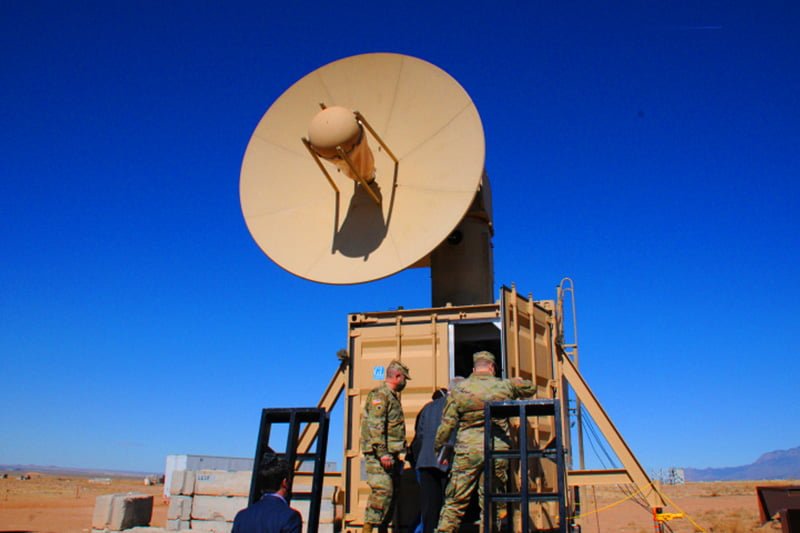US, Japan to Develop High-Powered Microwave Weapons
United States and Japan are on the brink of signing an agreement to jointly develop high-powered microwave weapons. This collaboration aims to create advanced systems to counter the growing menace of hostile drones in the Indo-Pacific region and beyond.
The Planned Collaboration
According to recent reports, the defense technology and acquisition agencies of both countries are in the final stages of formalizing this partnership. The proposed agreement could involve up to three years of intensive research, focusing on the effective application of counter-drone systems utilizing microwave technology.
Understanding Microwave Weapons
High-powered microwave weapons are designed to emit short, intense bursts of electromagnetic waves. These waves are capable of destroying or significantly degrading the electrical components of drones, effectively neutralizing them. The U.S. Air Force has already demonstrated the potential of such technology with its Tactical High-Power Operational Responder (THOR), which successfully took down a swarm of drones in a 2023 trial.
Also read this: US and UK Partner for Submarine Weapon Support Contract
Lessons from Current Conflicts
The decision to jointly develop these weapons is heavily influenced by ongoing global conflicts:
- The Russia-Ukraine War: The extensive use of drones in this conflict has highlighted their strategic importance in modern warfare, prompting many nations to invest in unmanned technologies.
- Middle East Drone Attacks: Persistent attacks by Iran-backed militants on U.S. military bases in the Middle East have underscored the urgent need for improved and cost-effective counter-drone solutions.
Focus of the Joint Venture
While specific details of the collaboration are yet to be disclosed, military analysts anticipate that the research will concentrate on two key areas:
- Energy Efficiency: Reducing the energy required to neutralize enemy drones.
- Portability and Cost-Effectiveness: Developing an inexpensive, man-portable system.
Expert Insights
Garren Mulloy, a Japan-based defense expert, emphasizes the economic aspect of this development:
“We have seen in Ukraine that a $100 drone can knock out a multimillion-dollar weapon system, so the challenge now is to develop an asymmetric way of countering drones just as inexpensively.”
Current Challenges
The need for more cost-effective solutions is further highlighted by recent statements from Pentagon officials. In April 2024, William LaPlante, the Pentagon undersecretary for acquisition, revealed that current methods of neutralizing hostile drones cost over $100,000 per engagement, underscoring the economic imperative driving this research.
Strategic Implications
This collaboration between the U.S. and Japan represents a significant step in their ongoing defense partnership. By pooling their technological expertise and resources, both countries aim to address a critical vulnerability in modern warfare.
The development of effective and economical counter-drone systems could potentially shift the balance of power in future conflicts, particularly in regions where drone warfare has become increasingly prevalent.
Moreover, this joint venture reflects the growing concerns about security in the Indo-Pacific region. As tensions rise and military technologies advance, the ability to counter unmanned threats efficiently becomes crucial for maintaining strategic stability.
As the U.S. and Japan move forward with this collaboration, the international defense community will be watching closely. The success of this project could not only enhance the defensive capabilities of both nations but also set new standards for counter-drone technologies worldwide.
Keep connected with us at Facebook, Twitter, YouTube, Instagram & TikTok for latest defense happening around the globe.
Discover more from International Defence Analysis
Subscribe to get the latest posts sent to your email.












